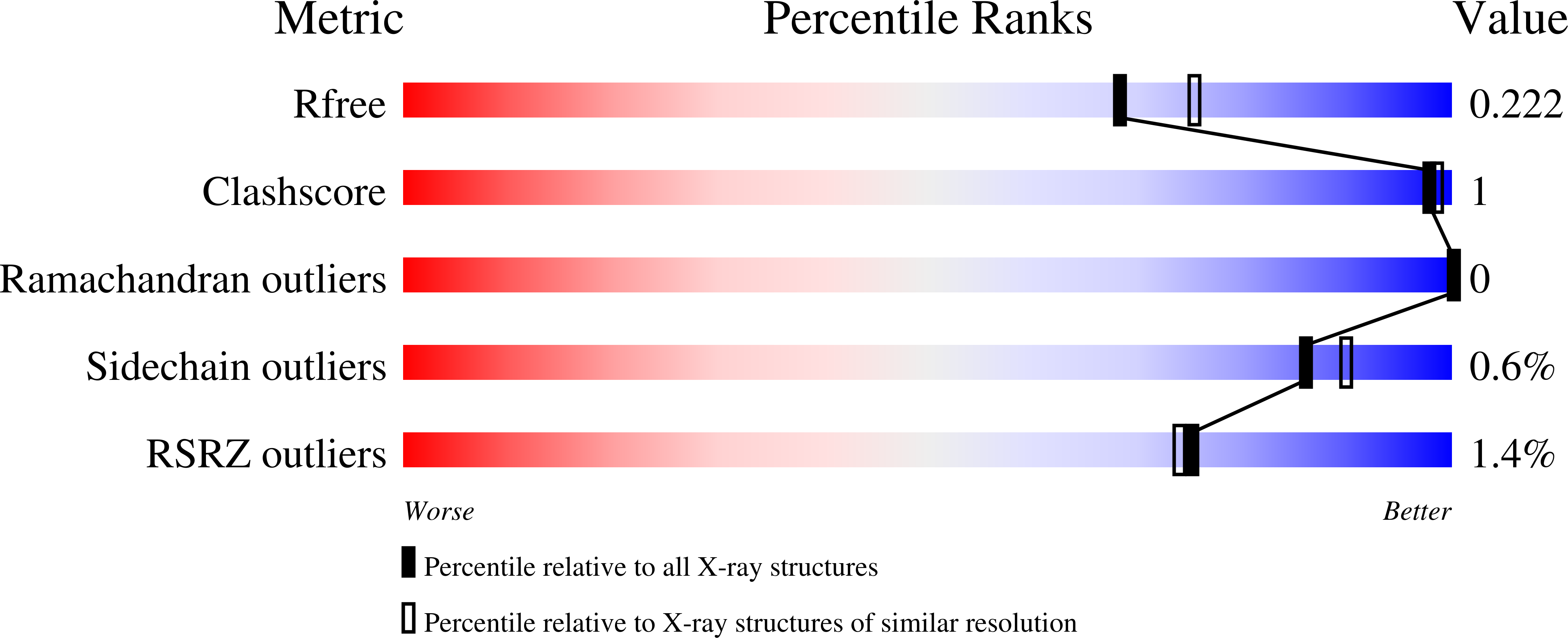
Deposition Date
2021-10-19
Release Date
2022-03-02
Last Version Date
2023-10-18
Entry Detail
PDB ID:
7SJY
Keywords:
Title:
Crystal structure of Clostridium thermocellum RsgI9 S1C-NTF2 bi-domain
Biological Source:
Source Organism:
Acetivibrio thermocellus DSM 1313 (Taxon ID: 637887)
Host Organism:
Method Details:
Experimental Method:
Resolution:
2.00 Å
R-Value Free:
0.23
R-Value Work:
0.21
R-Value Observed:
0.21
Space Group:
P 1 21 1


